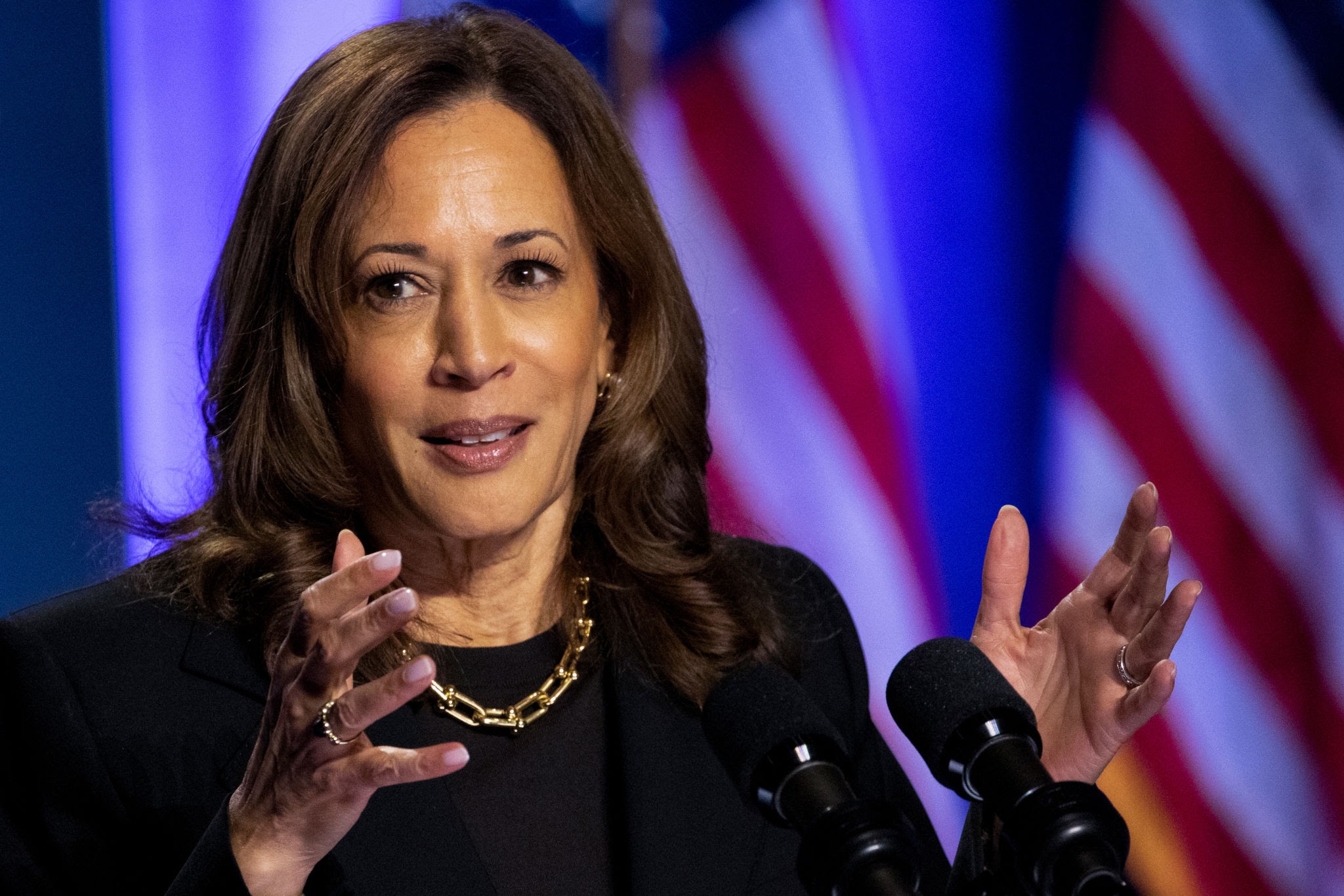Chapter Two: of a Ten Part Series
Demonizing Kenya’s Freedome Fighters
The type of racist views expressed by New York Times reporter Homer Bigart and foreign news editor Emanuel Freedman toward Africa in the correspondences we reviewed in the last chapter of this series was by no means unique to the two men.
Consider the type of articles that Freedman preferred about Africa, when he was dealing with Leonard Ingalls, another Times correspondent in Africa.
“You asked me before I left New York to give you after I had been here awhile my impression,� Ingalls wrote, in a letter dated June 14th 1956, to Freedman. “Perhaps the most obvious and fundamental fact to strike the newcomer is that the Negro, by sheer weight of numbers, will take control of Sub-Saharan Africa within the next generation or two.� (A year after this seminal observation, Ghana won its independence from Britain, and six years later, most African countries began formal de-colonization).
Ingalls’ letter went on: “As you know, white South Africans call themselves and all other white persons Europeans. Sometimes, in trying to defend their white supremacy policies, they will argue that South Africa has been their home for 300 years and that they must fight – and they mean that literally – to preserve white civilization in South Africa because they have no place to go. I was talking with an African friend about this argument recently and his observation was: ‘They call themselves Europeans, let them go to Europe.’ Usually when the question of political, social, economic or educational opportunities for Africans is raised with white persons south of the Sahara they reply: ‘You don’t expect us to give them to savages, do you?’â€?
Ingalls continued: “That is fair enough in a sense. There is a big ‘but’ attached though, and that there doesn’t seem to be very much enthusiasm for getting on with the job of helping the savages to better themselves.�
Ingalls pointed out that the Whites in South Africa seemed not to have learned anything from the Mau Mau uprising in Kenya, where Africans were fighting against Whites who had ousted the Kikuyu people from their fertile ancestral farmlands and reserved them exclusively for themselves. “I have talked to quite a few literate, intelligent Africans,� Ingalls continued, in his letter. “My recollection is that they have said they do not want to force the white man out of Africa. What they do want is the help of the white man in improving the lot of their people. They do not think they are getting that help.�
Even U.S. government officials believed that only more White presence in Africa could rescue the continent, as Ingalls revealed in his letter to Freedman. “A few weeks ago George V. Allen, a United States Assistant Secretary of State, spent nineteen days touring Africa south of the Sahara. I was told that he gave it as his private opinion that the solution to the African dilemma was more white immigration. I wonder where all the white people are going to come from and what they are going to do when they get here.�
Were these the type of issues that kept foreign editor Freedman awake at night? Evidently not, judging by Freedman’s letter of July 25th 1956 to his correspondent in South Africa. “We read that in Black Africa, where the principle of the wheel was scarcely known a generation or two ago, there is now a great demand for bicycles,� he wrote, “a trend is underway toward two-bicycle families. Is there a light economic air-mail feature in the increasing mobility of the aborigines?�
At a time when the continent stood at the crossroads of profound changes such as de-colonization, African leadership, a reconstitution of the relations between whites and Africans, Freedman preferred storylines that would present Africans as bafoons to Western readers. “Where do they buy their bikes?� Freedman continued in his letter. “What do they cost? How long does it take a man to earn enough money to buy one? Is his status advanced? Does he have roads or bicycle tracks, or does he ride through the bush? What is the usual biking costume-robe, breech-cloth, animal skin or birthday suit?� the foreign editor continued, “How is the bicycle business? Are dealers getting rich? Are there bicycle garages in the bush? What social effects is the bicycle having?�
Beginning in the late 1950s, the rivalry between the East and West had begun to be played out in Africa and it was reflected in much of the coverage of the continent in many American and European publications. Time magazine, under its co-founder and editor Henry Robinson Luce, regarded Africa as the ideal place for him to launch his Christian crusade. He was an avowed Christian fundamentalist who wanted to continue the crusade that he had lost in China when Mao Xedong’s Communist movement had crushed his idol, Chiang Kai-Shek.
In Kenya, as Luce saw it, the good guys were the British colonial officials and the police and soldiers they commanded. The bad guys were the “terrorist� Africans and then “witch doctors� who commanded the uprising. Time magazine devoted many articles to portray the guerrillas in Kenya as godless savages with no credible objectives. Under the derisive headline “Black & Red magic� in an article on September 1st 1952 Time magazine explained: “In recent years, the Black 97% of Kenya’s population has banded together in a dozen fanatic, anti-white secret societies run by witch doctors and pledged to the slogan Africa for Africans.�
So, in one malicious paragraph, Time was able to belittle a legitimate uprising, and at the same time criminalize the entire five million population of Kenya, excepting the White colonials of course. The article also perpetuated the enduring image that Africans were incapable of fighting for legitimate causes and could only be driven by irrational witchcraft and barbarism.
Another Time magazine article ridiculing the uprising, published on November 3rd 1952 under the contemptuous headline the “The Meow-Meows,� described the situation: “Part land hunger, part savage revolution against the domineering white man and the bewildering 20th century, the Mau Mau’s blind fury could, if left unchecked, turn the Crown Colony of Kenya into another Malaya.� The reference was to the country now called Malaysia, which at the time was a British colony facing serious insurrection.
Luce’s Time magazine set the tone for the coverage by other American publications. On December 7th 1952, The New York Times contributed with the following news lead: “Over the equatorial landscape of Kenya, the British Crown Colony in East Africa, lays the frightening shadow of Mau Mau, a secret tribal society whose campaign of murder has forced the imposition of martial law.� The article went on to concede that much was not known about the “terrorist� but added: “The first aim of the Mau Mau, with its voodoo apparatus of disemboweled animals for warnings and long machete-like knives for their killings, seems to be to drive the 36,000 whites out of Kenya.�
The article also questioned whether the insurgency was “a spontaneous native uprising� or instigated from outside, since the organization seemed to “bear some resemblance to the cells of a communist organization.� The sentence that purported to explain the communist connection read: “Jomo Kenyatta, who is held for trial as the suspected leader of the Mau Mau, received part of his education at the London School of Economics, married a white woman and thereafter visited Moscow.� The article never explained whether it was Kenyatta’s education at the LSE, his marriage to a white woman, or his trip to Moscow, that confirmed his communist allegiance.
The Mau Mau coverage by American publications directly reflected British misinformation. Even today when dealing with Africa, major U.S. publications, including The New York Times still take their cue from, and reflect the biases of British newspapers and magazines such as The Economist; as if the U.K. could ever be a disinterested interpreter of events in Africa.
So successful were the American and British media in perpetuating the image of savagery taking control over Africans in Kenya that even British officials were evidently affected. Consider what Oliver Lyttelton, the British colonial secretary and one-time governor of Kenya wrote in his memoirs, The Memoirs of Lord Chandos (1963). In one passage, he revealed that he was haunted by the Mau Mau’s voodoo while serving His Majesty’s Government in Kenya. “As I wrote memoranda or instructions,â€? he recalled in his memoirs, “I would suddenly see a shadow fall across the page – the Horned shadow of the Devil himself.â€? The good Lord Chandos could have benefited from some psychiatric counseling and treatment, even if he was simply perpetuating British propaganda.
This is part two of a 10-part excerpted sections from The Hearts of Darkness, How White Writers Created the Racist Image of Africa, [Black Star Books $12, ISBN 0-9740039-0-5. The book is available at Barnes and Noble and Amazon.com or by calling Black Star Books (212) 481-7745]. For interviews with the author or for speaking engagements contact [email protected]





